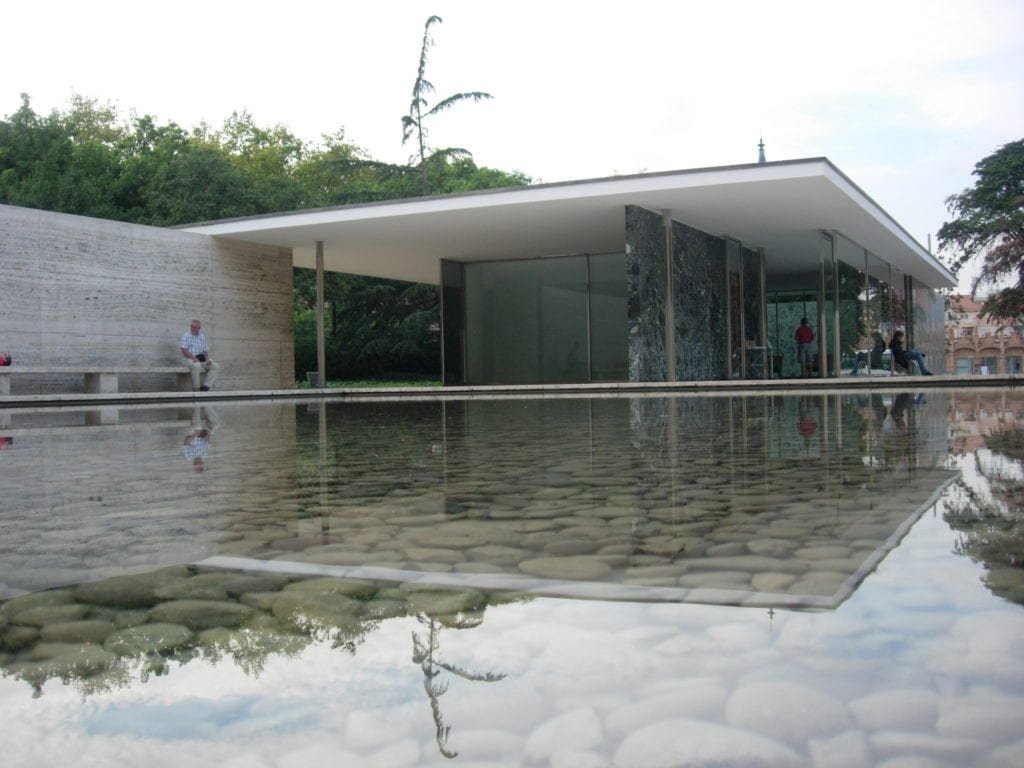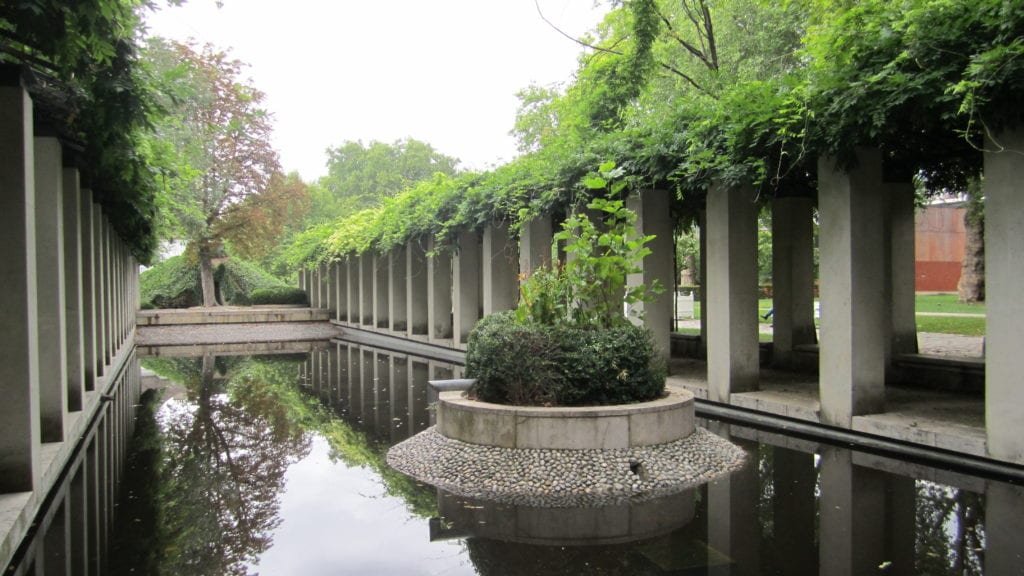Interlocking Bricks As the world becomes more aware of the impact of construction on the environment, sustainable building materials are gaining popularity. One such material is interlocking bricks, which not only provide a sustainable alternative to traditional bricks but also offer numerous advantages in terms of cost, efficiency, and durability. This article explores the benefits of interlocking bricks and why they may be the future of sustainable construction.
What are Interlocking Bricks?
Interlocking bricks are a type of brick that is designed to interlock with each other without the use of mortar. They are made of a mixture of soil, cement, and sand, and are compressed using a manual or hydraulic press. The interlocking design allows the bricks to be stacked without the need for cement or other adhesives, making them more environmentally friendly and cost-effective.
Advantages of Interlocking Bricks
Sustainable
Interlocking bricks are made from locally sourced materials, making them a more sustainable option compared to traditional bricks that are often made from materials that are transported long distances. In addition, the interlocking design of the bricks reduces the need for cement, which is a major contributor to carbon emissions during construction.
Cost-effective
Since interlocking bricks don’t require cement or other adhesives, they are cheaper to produce and can be used in areas where traditional building materials are expensive or difficult to obtain. The use of interlocking bricks also reduces labor costs, as they can be assembled quickly and easily without the need for skilled labor.
Easy to install
Interlocking bricks are designed to be easily assembled by unskilled laborers. They can be laid out in a pattern without the need for mortar, making construction faster and more efficient. The interlocking design also ensures that the bricks are held securely in place, reducing the risk of structural damage.
Durable
Interlocking bricks are more durable than traditional bricks, as they are designed to withstand earthquakes and other natural disasters. The interlocking design provides additional strength and stability to the structure, reducing the risk of damage during extreme weather conditions.
Aesthetically pleasing
Interlocking bricks come in a variety of colors and textures, making them a popular choice for architects and designers. They can be used to create unique and visually appealing structures that stand out from traditional buildings.
Applications of Interlocking Bricks
Interlocking bricks can be used in a variety of construction projects, including residential, commercial, and industrial buildings. They are particularly useful in areas where traditional building materials are expensive or difficult to obtain, such as rural or remote areas. Interlocking bricks can also be used for landscaping and hardscaping projects, such as retaining walls and garden borders.
Conclusion
Interlocking bricks offer numerous advantages over traditional bricks, including sustainability, cost-effectiveness, ease of installation, durability, and aesthetics. As the world becomes more aware of the need for sustainable building materials, interlocking bricks are likely to become an increasingly popular choice for construction projects.
FAQs
Are interlocking bricks more expensive than traditional bricks?
Interlocking bricks are generally cheaper than traditional bricks, as they don’t require cement or other adhesives.
Can interlocking bricks be used in earthquake-prone areas?
Yes, interlocking bricks are designed to withstand earthquakes and other natural disasters.
Are interlocking bricks easy to install?
Yes, interlocking bricks can be easily assembled by unskilled laborers without the need for mortar or other adhesives.
Can interlocking bricks be used for landscaping projects?
Yes, interlocking bricks can be used for a variety of landscaping and hardscaping projects, such as retaining walls and garden borders.

As an architecture and interior designer, I am passionate about creating spaces that inspire and delight those who inhabit them. With over a decade of experience in the industry, I have honed my skills in both the technical aspects of design and the art of crafting beautiful, functional spaces.
After earning my degree in architecture, I began my career working for a prestigious firm where I was exposed to a wide range of projects, from commercial buildings to high-end residential properties. During this time, I developed a keen eye for detail and a deep appreciation for the importance of form and function in design.
In recent years, I have struck out on my own, founding my own design studio where I have been able to further explore my passion for interior design. I believe that a well-designed space can transform the way people live and work, and I take pride in working closely with clients to understand their needs and create spaces that exceed their expectations.
Throughout my career, I have been recognized for my innovative and creative approach to design, and have been honored with a number of awards and accolades. When I’m not working on design projects, you can find me exploring the outdoors or seeking inspiration in the world around me.


